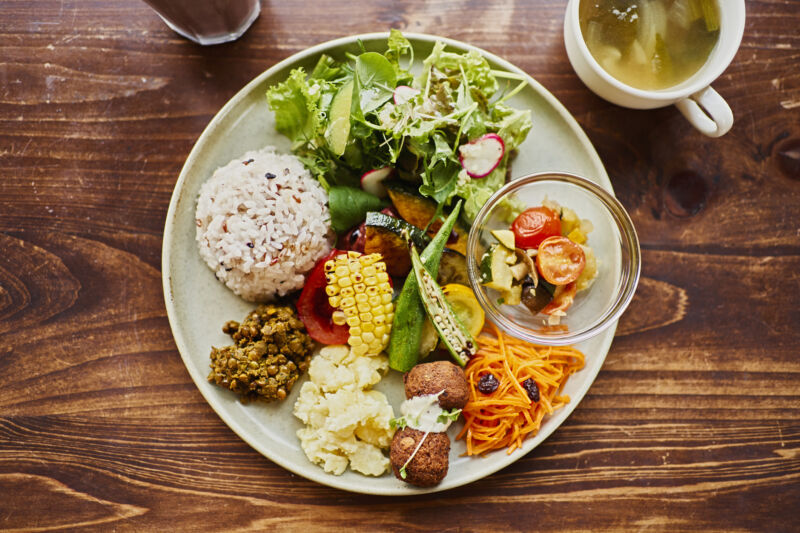Many of the most nutritious foods are also the most sustainable

Enlarge (credit: Yagi Studio)
While it's relatively straightforward to compare the environmental footprint of producing apples versus oranges (or even beef), these calculations become much trickier when foods contain multiple ingredients-and these make up the majority of what's sold in a typical grocery store. Up until now, there haven't been good methods to determine the impact of such foods, but a team at Oxford has recently published some of the first work toward developing a sustainability metric for everything (edible) one might find at their local grocer.
Beyond the approach's sustainability estimates, the Oxford team went on to cross-reference its results with the standard nutrition metric NutriScore. With this, they found that there were many win-wins" where foods were both sustainable and nutritious-although there were a few notable exceptions. And, while the results weren't too surprising, this method offers a new metric for consumers, retailers, and producers to make more informed choices.
Secret recipesOne of the biggest hurdles to calculating the sustainability of multi-ingredient foods is that producers are rarely required to list how much of each ingredient they put into a product. Quite the opposite-these details are often closely kept trade secrets.